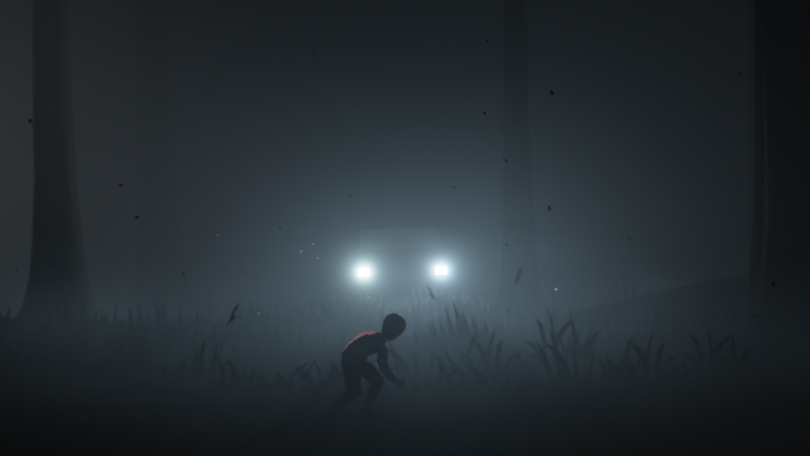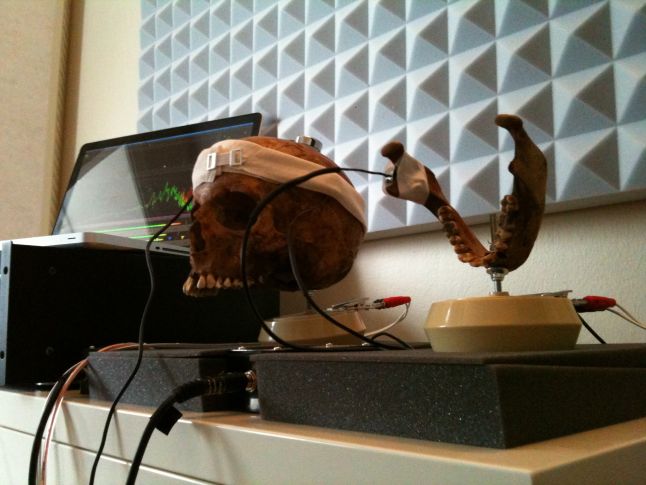Inside used a real life human skull to create its music and sound
"Of course, it was a bit tricky to work with the skull."
Inside—Playdead's haunting indirect Limbo follow-up—revels in its fleeting moments of terror and obstinate violence. Minus words, Andy described its narrative as one told with a "hazy, dreamlike quality" where its meaning is "open to interpretation." Without words, much of that interpretation is levied by sound and music—some of which was recorded through a real-life human skull.
Yes, you read that right, a real human skull. Which of course makes Inside even more terrifying—particularly when the setup looked something like this:
In conversation with Gamasutra, Playdead's Martin Stig Andersen explains that his desire to use a human skull to record Inside's sound stemmed from his interest in how our voices sound different in our own heads, as opposed to how others interpret them.
"People are often shocked when they hear themselves recorded, because things sound totally different inside your head. Things sound much softer in there, more full, in a way," he says. "This is because a large part of what you hear is your voice resonating inside your body, in your jawbone for example. Try blocking your ears while you speak or sing; that’s the sound I’m talking about.
"So I had the basic idea of trying to recreate sounds as they would sound if they were happening inside your head. That was the curious thought that led me to acquire a human skull and experiment with it."
Andersen doesn't explain how he acquired the skull, however does correlate Inside's visuals with '80s B-movie soundtracks, and that this setup, to him, made sense. He stresses that while keen to avoid relying on synthesises sounds as a general working rule, when played through the skull they "acquired another quality." Apparently, the reverberations caused the skull's teeth to eventually pop out.
He continues: "I did some post-processing as well, of course, but even without it you can hear this kind of timbre, which inspire a very nuanced association with a synth soundtrack. Many of the sounds that I processed was created by my co-composer on Inside, SØS Gunver Ryberg. During the development we acquired an intuition for what kind of soundscapes resonated well within the skull."
Keep up to date with the most important stories and the best deals, as picked by the PC Gamer team.
Here's an example of the before and after effects:
Anderson concludes by saying he's "very happy" with the end result—even if he's doubtful he'll use the technique again. So, um, why did he decide to use a human skull against more orthodox sound recording techniques?
"Every time I start on a new project I really want to find some kind of distinctive, original sound," says Anderson. "Not like a musical style, but more like a sound quality that you can associate with that project. I think it helps to create a sort of holistic, whole experience."
Thanks, RPS.



